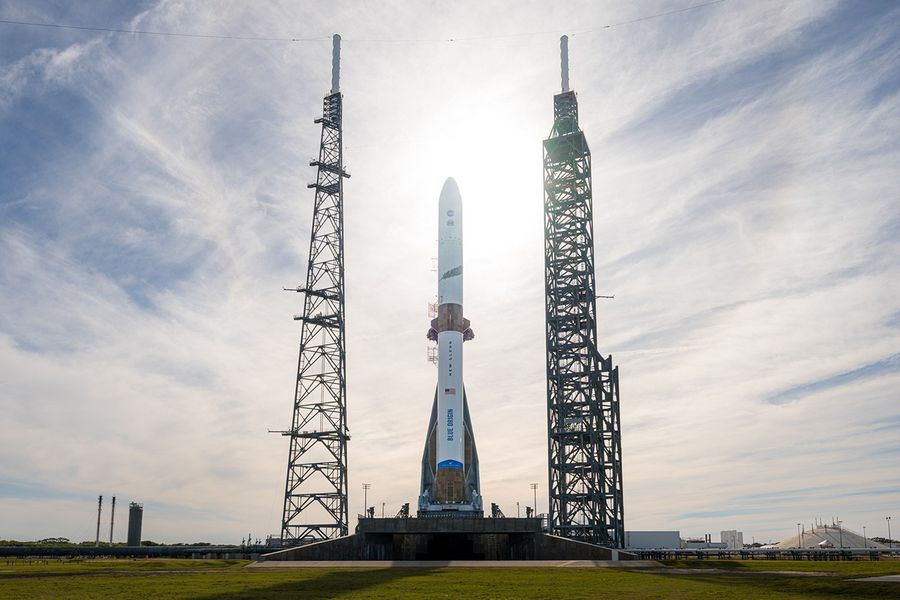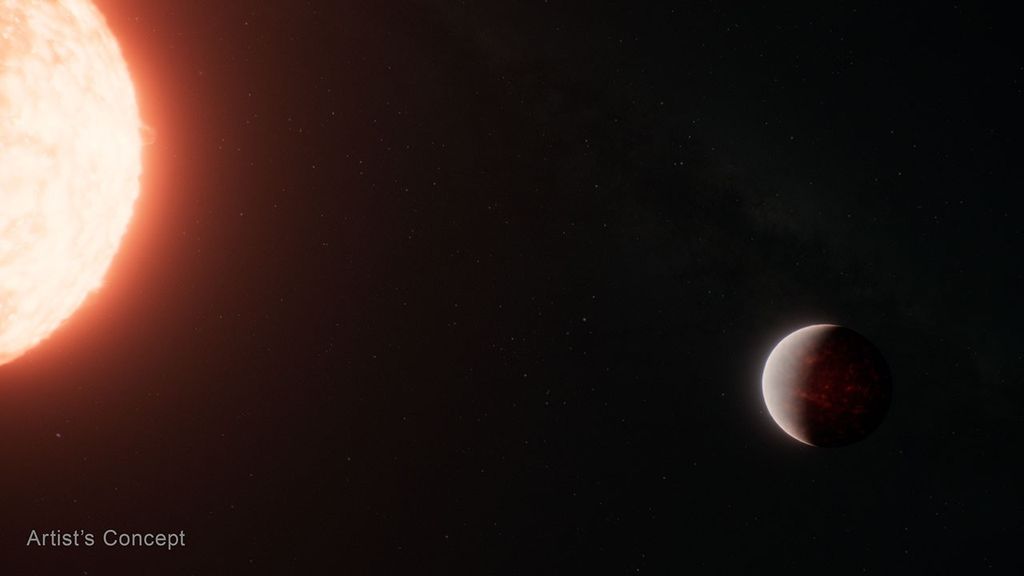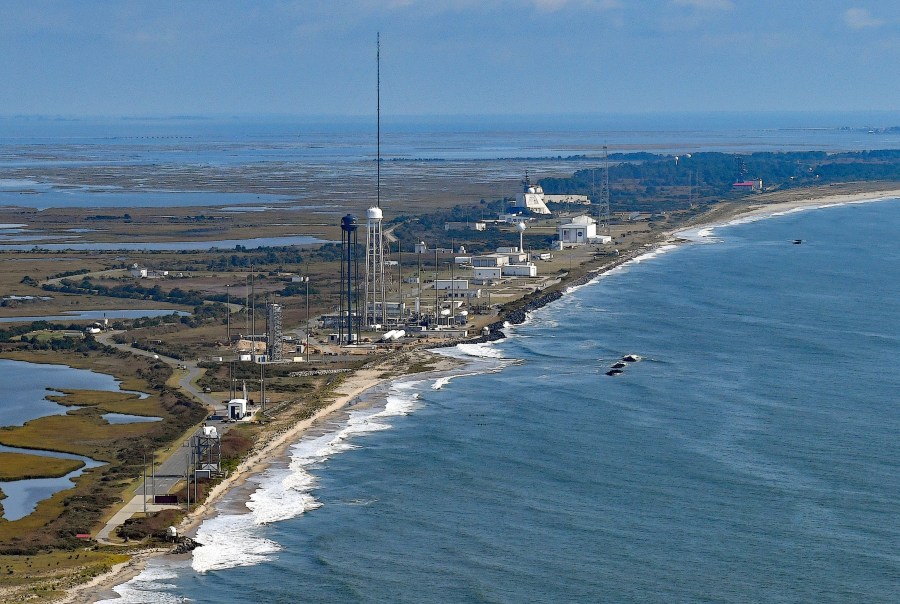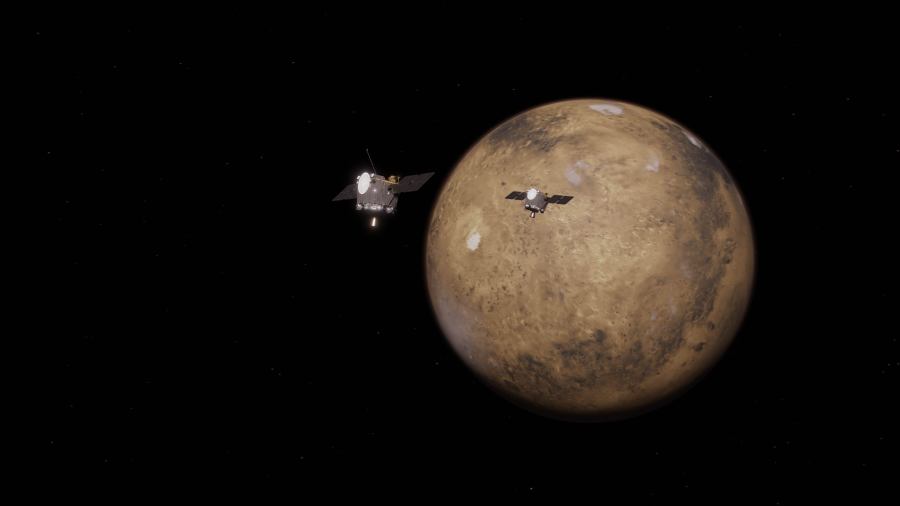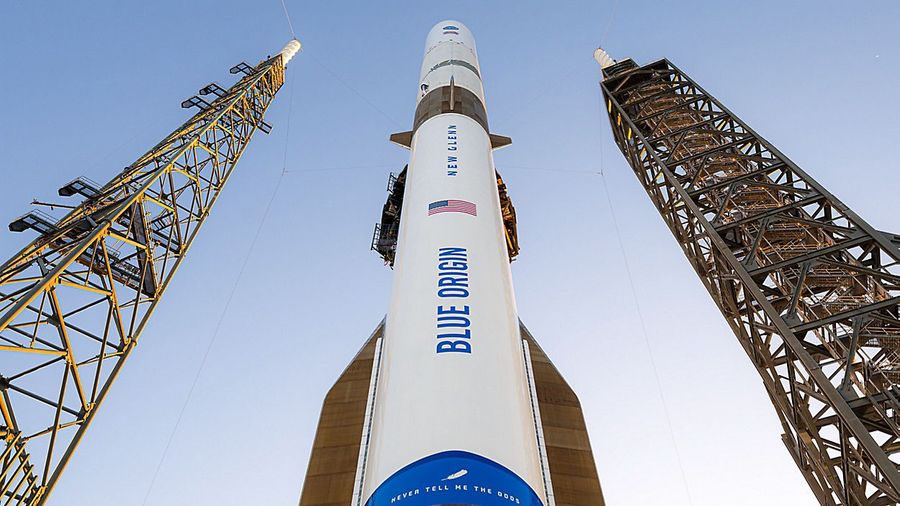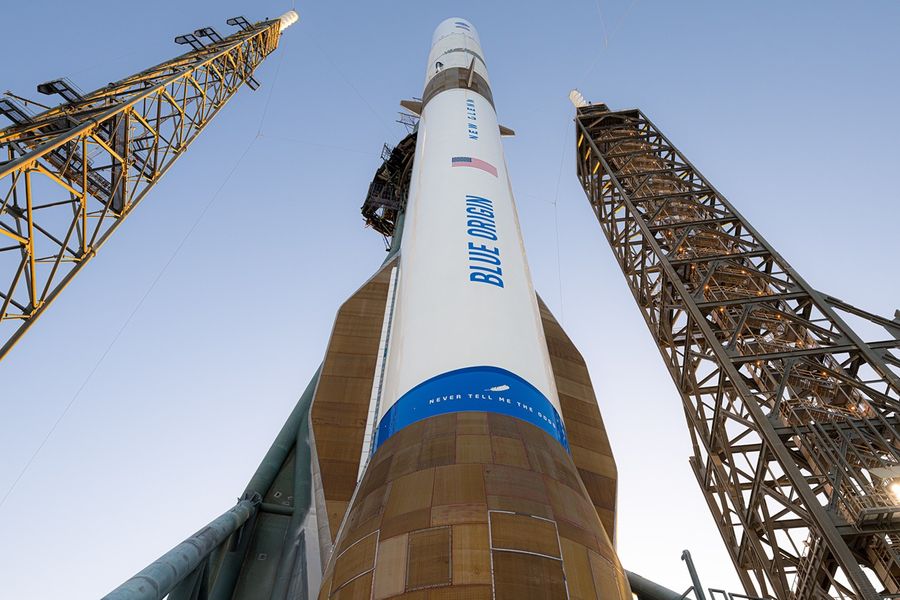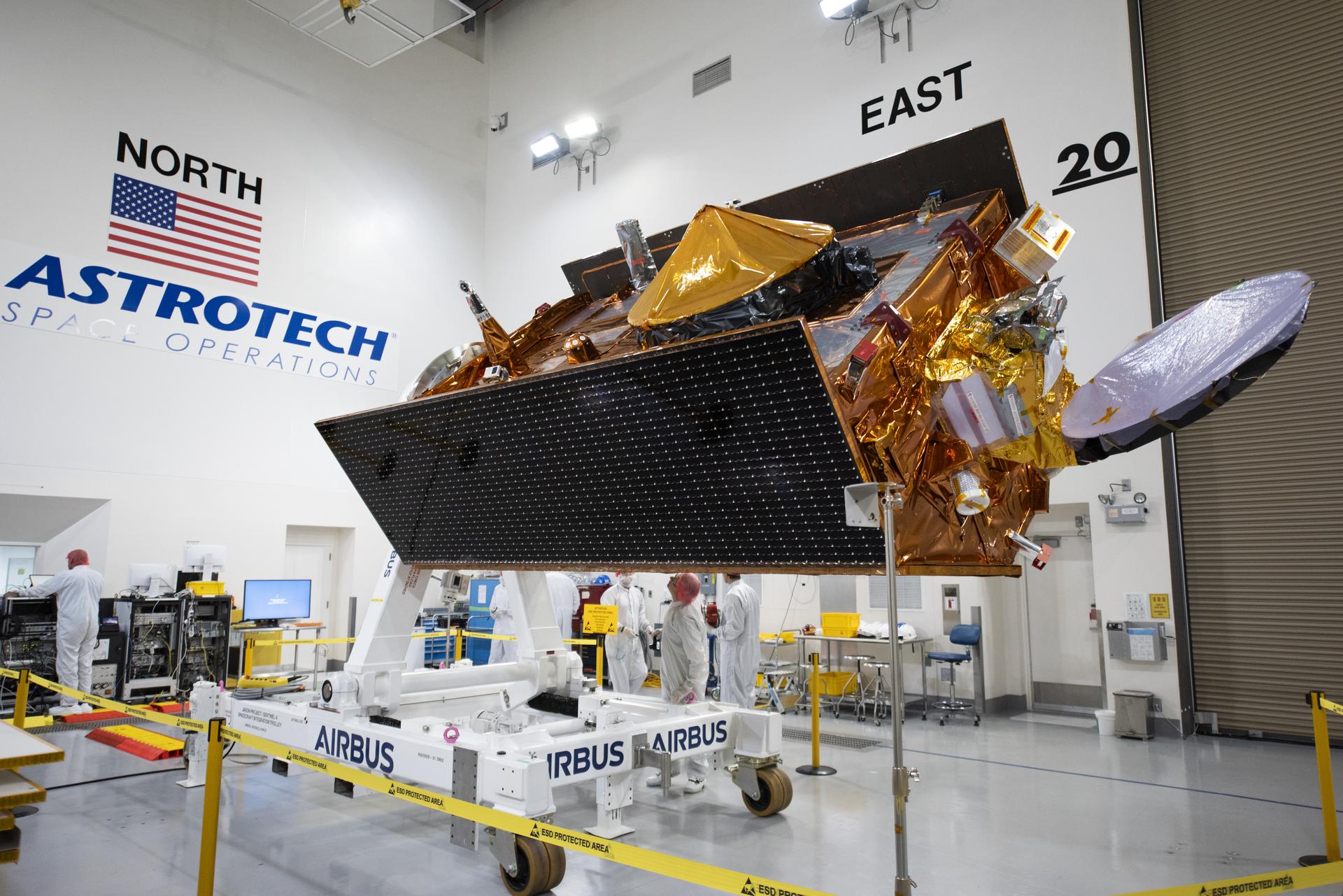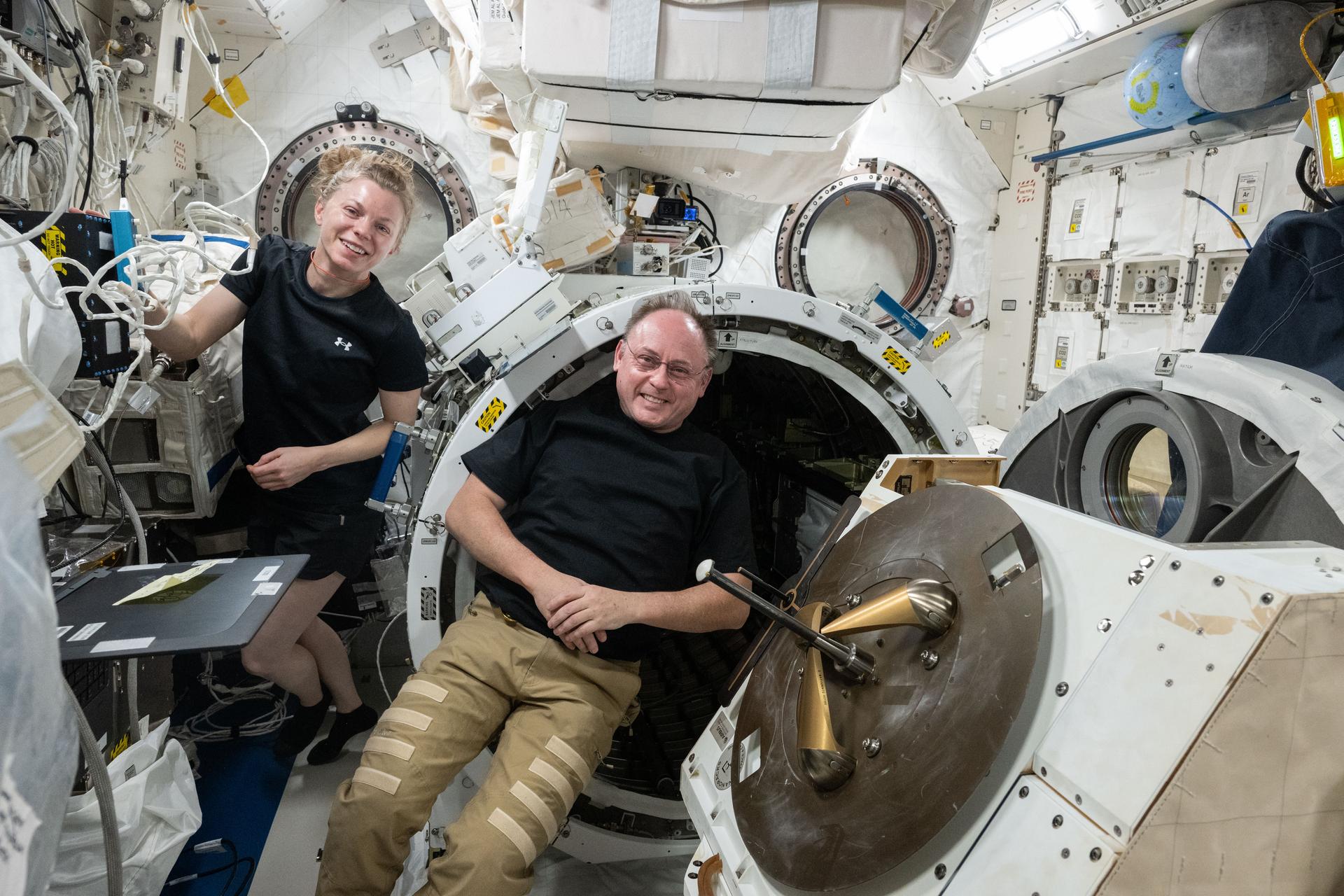Weather officials with Blue Origin predict a 95% chance of favorable weather for today’s launch of NASA’s ESCAPADE (Escape and Plasma Acceleration and Dynamics Explorers) mission. The ESCAPADE mission is the first coordinated multi-spacecraft orbital science mission to Mars. Its twin orbiters will take simultaneous observations from different locations around the Red Planet. The observations […]
Weather Looks Great for Today’s Launch
